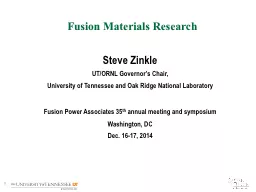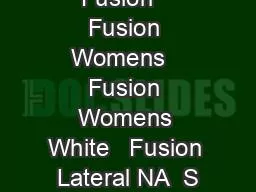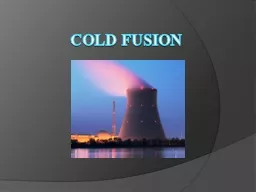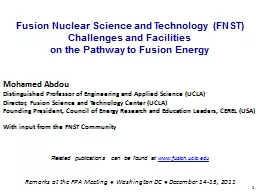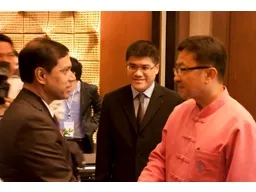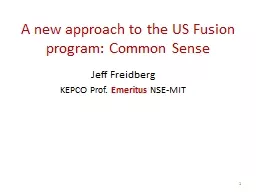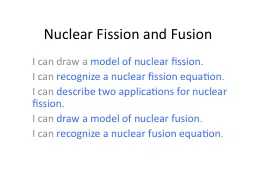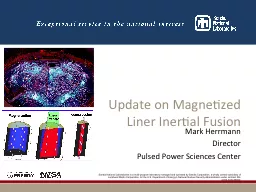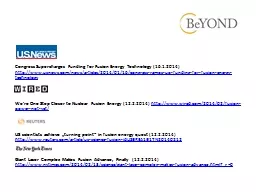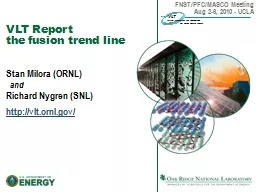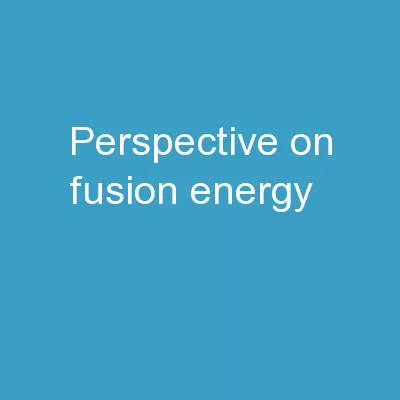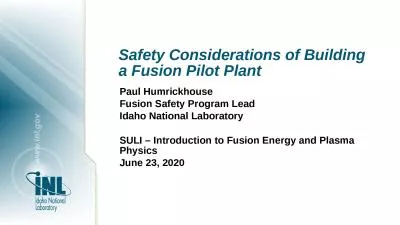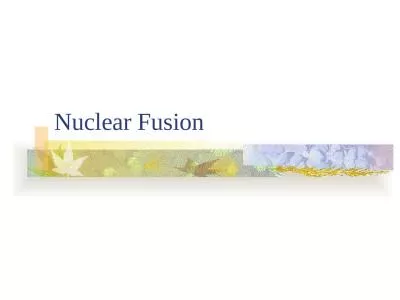PPT-Fusion Materials Research
Author : pamella-moone | Published Date : 2016-03-09
Steve Zinkle UTORNL Governors Chair University of Tennessee and Oak Ridge National Laboratory Fusion Power Associates 35 th annual meeting and symposium Washington
Presentation Embed Code
Download Presentation
Download Presentation The PPT/PDF document "Fusion Materials Research" is the property of its rightful owner. Permission is granted to download and print the materials on this website for personal, non-commercial use only, and to display it on your personal computer provided you do not modify the materials and that you retain all copyright notices contained in the materials. By downloading content from our website, you accept the terms of this agreement.
Fusion Materials Research: Transcript
Download Rules Of Document
"Fusion Materials Research"The content belongs to its owner. You may download and print it for personal use, without modification, and keep all copyright notices. By downloading, you agree to these terms.
Related Documents

